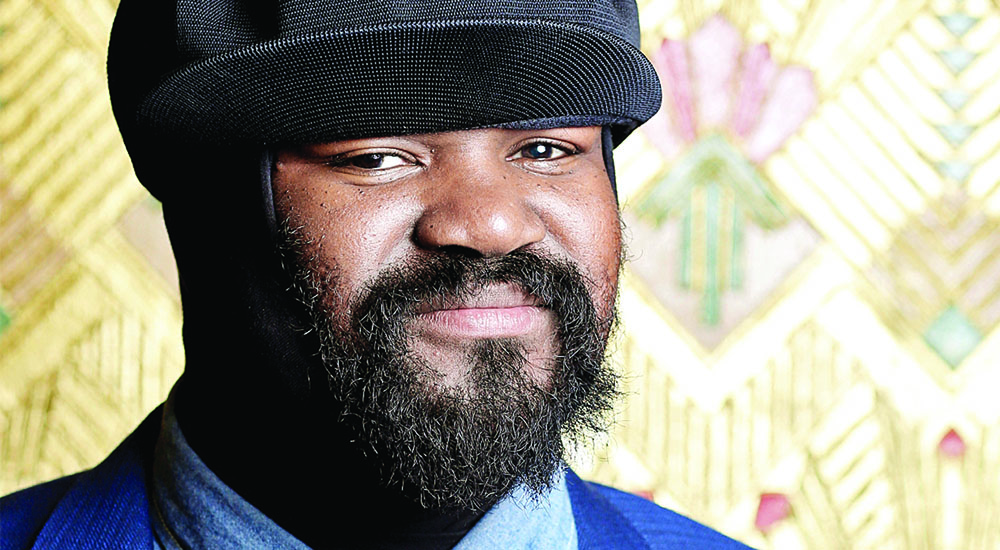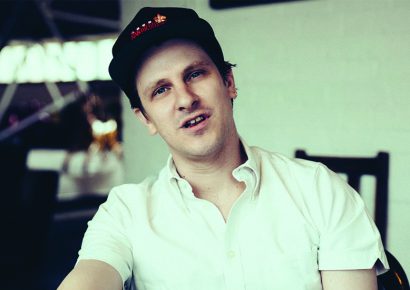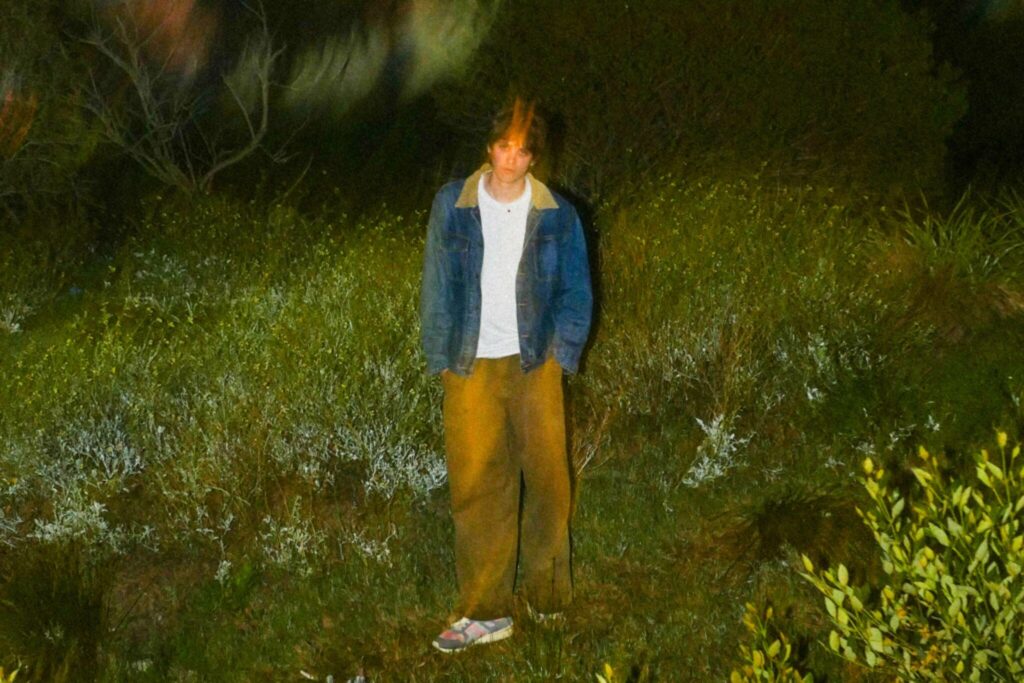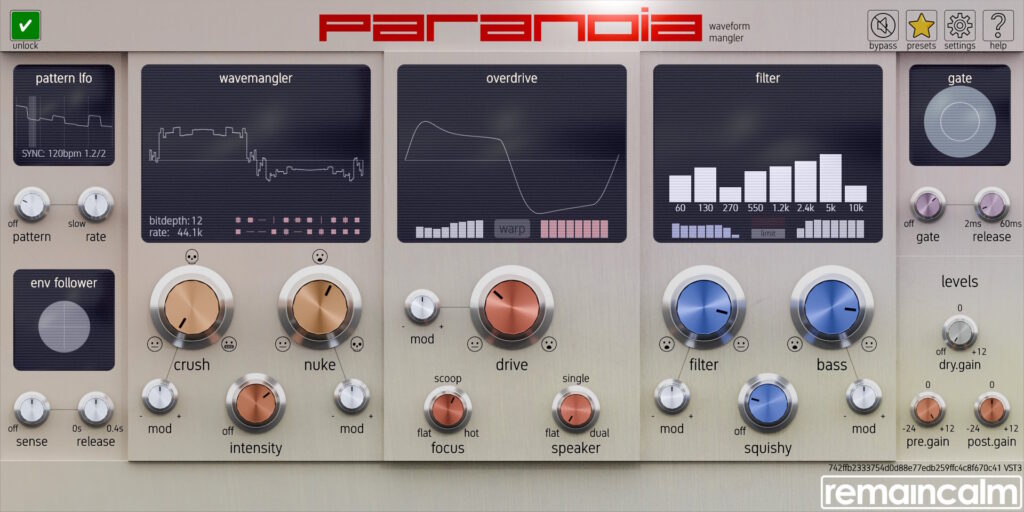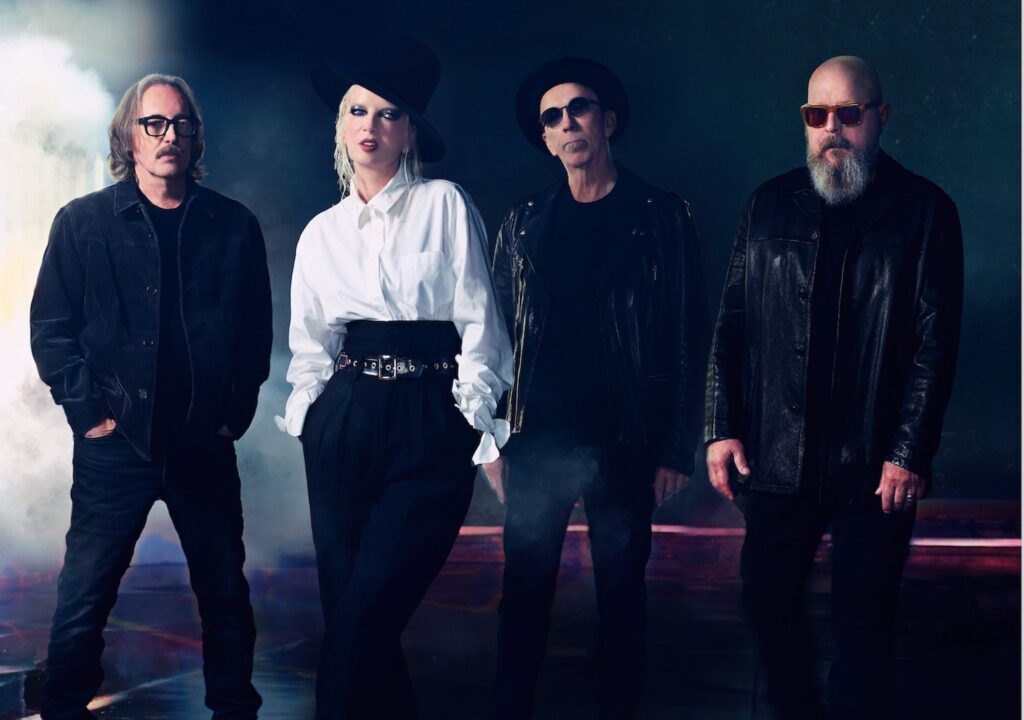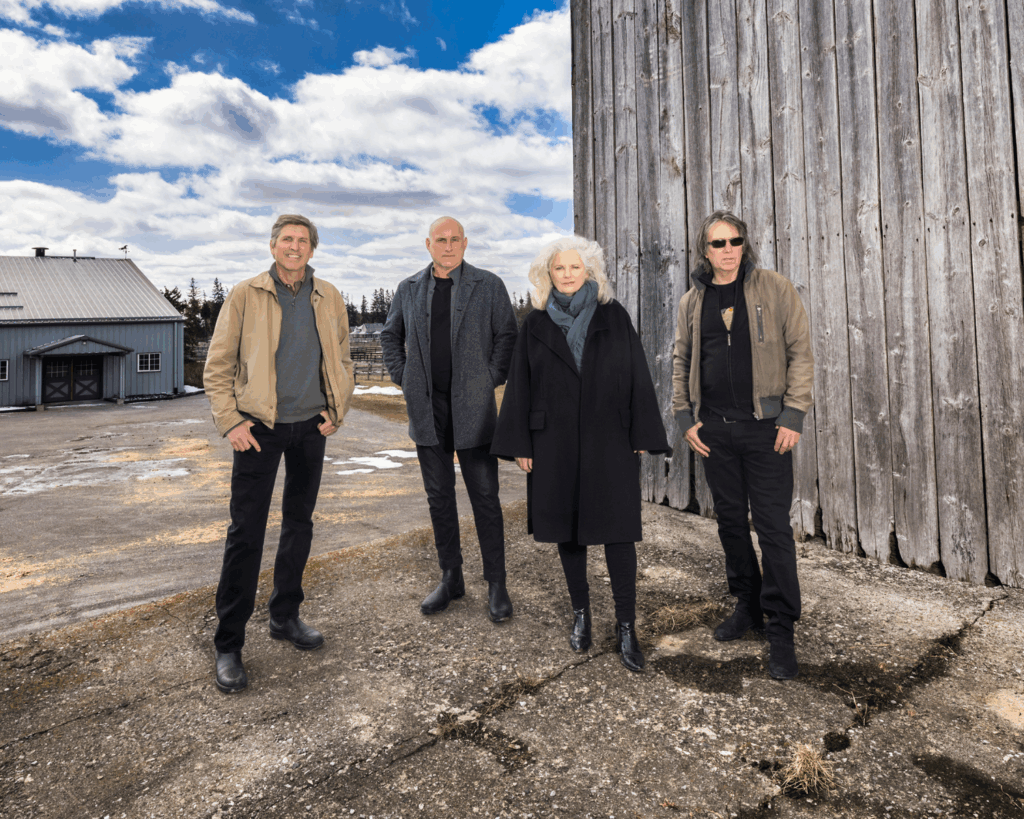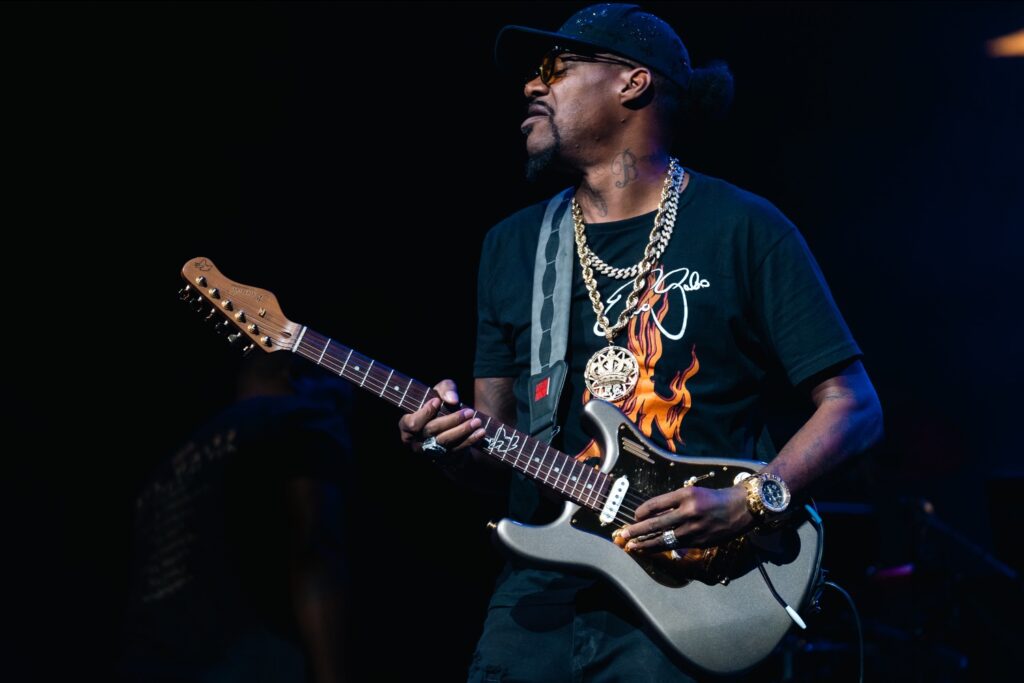“[In November] I finished up my tours for the year. There was very little breaks this year and very little breaks last year and the year before that,” Porter says. “I tour quite extensively all over the world. “[It’s my] first proper Australian tour. I was just there in September. I came maybe four years ago and was working with Australian musicians and I did a show in Sydney, Melbourne and Wangaratta. So it’ll be my third time to Australia, but it’ll be the first time with my band.”
The tour set list will put the spotlight on Porter’s Take Me to the Alley LP, which landed in May 2016. It’s his fourth LP and the follow up to the 2013 breakthrough, Liquid Spirit. Along with newer material, we can look forward to an assemblage of favourites from the back catalogue.
“There’s been wide acceptance of this record, but also with my shows I never abandon what I was doing before,” Porter says. “It’s a good mix of songs from the new record and older songs. Because [Australia’s] a territory I haven’t been in much before, I’ll do music from Liquid Spirit and Be Good [2012] and Water [2010] as well. I always mix up my songs from all the records.”
Porter worked with arranger and producer Kamau Kenyatta on Take Me to the Alley – reigniting the creative partnership that worked so well on Liquid Spirit. The arrangements are wonderfully dynamic and shine a spotlight on the immense talents of the contributing musicians, most notably pianist Chip Crawford, bassist Aaron James and drummer Emanuel Harrold.
“It all happens with myself, Kamau and Chip Crawford, we work on the music before we take it to a larger band,” Porter says. “Kamau is clever and he pulls things organically. The horn arrangements many times will come from a scat that I may do while I’m thinking about the melody line. Kamau will just grab that from me and write the melody off of that scat and then embellish it with the harmonies for the horn parts.
“So when I hear the horn parts, or the bassline, the rhythm, I hear myself as well. It’s an unusual way to work, but a way that I can be sure that my fingerprint is on the music. It’s not somebody coming and making the music for me.”
Although Porter’s been a committed tradesman for the last decade, his workload became especially demanding in the wake of Liquid Spirit’s Grammy winning success. Despite releasing several charting singles – including the Disclosure collaboration, ‘Holding On’ – and performing for audiences at Glastonbury and the Royal Albert Hall, he’s not flippant about his commercial success.
“When I write the songs, when I’m in the studio, that’s not the market that I’m necessarily going for,” Porter says. “It’s a market that I feel could accept my music, but there’s a whole bunch of things that are fair and unfair in the world, so I didn’t expect it to happen.
“But when they took to songs like ‘Hey Laura’ and the original mix of ‘Liquid Spirit’, I was like, ‘Hey, that’s great.’ I was surprised and grateful that I had acceptance on the radio and with the young, young fans. That was great.”
Porter’s success is emblematic of jazz music’s commercial resurgence over the last handful of years. That said, he’s wary of reductively pigeonholing his music. “People think they know what jazz is, but the umbrella is quite wide and large and you have to consider all of the different aspects of jazz,” he says. “There’s jazz you can dance to, there’s some that’s completely cerebral and you have to sit with a computer to figure out what’s going on. It’s a wide umbrella. You have to really just give it a listen to figure out what it’s going to be like.”
Despite the futility of trying to succinctly characterise jazz, there’s no denying that we’ve reached another enlightened era for jazz music. In recent years the likes of Kamasi Washington and Esperanza Spalding have gained massive followings, while everyone from Flying Lotus and Kendrick Lamar, Mac Miller and BadBadNotGood are incorporating jazz elements into their recordings.
“I agree [that it’s an exciting time], on many different levels,” says Porter. “I think what Robert Glasper’s doing in terms of opening up different genres and different voices, and Kamasi Washington, the support that he’s had with the hip hop musicians on the West Coast, it’s great.”
It’s a fertile time alright, but Porter feels no unease about distinguishing his artistry. “Having a bit more of a grounded story and a bit more of a current message in my lyrical content and accessible melodic approach has been helpful in catching the ears,” he says. “The way people listen to music is just different. I’ve always listened to Miles Davis and then Parliament and then Marvin Gaye and then Horace Silver and then some hip hop. I think people are just taking away the artificial impediments of genre and just listening to music. Something that moves them emotionally; that’s what people are most excited about.”
Indeed, we’ve experienced widespread taste liberation over the course of this century; thanks in no small measure to the access-all-areas pass furnished by high-speed internet connections. Indictments of short attention spans aside, this accessibility has had many positive consequences, such as the diversification of creative influences. Porter is all for it.
“I hope it does go further. I want to see black country singers and just a stretch in general. Recently I’ve been working with a lot of classical orchestras and just having a conversation with some of the musicians afterwards who say they never played this type of music and how they feel wonderful expressing themselves more emotionally. It goes in every direction, from the high brow to the low brow, all of it is being mixed.”
Gregory Porter will be performing in Melbourne and Sydney while he’s down for Bluesfest next year, with tickets available via Bluesfest Touring. Take Me to the Alley is out now via Blue Note Records.
